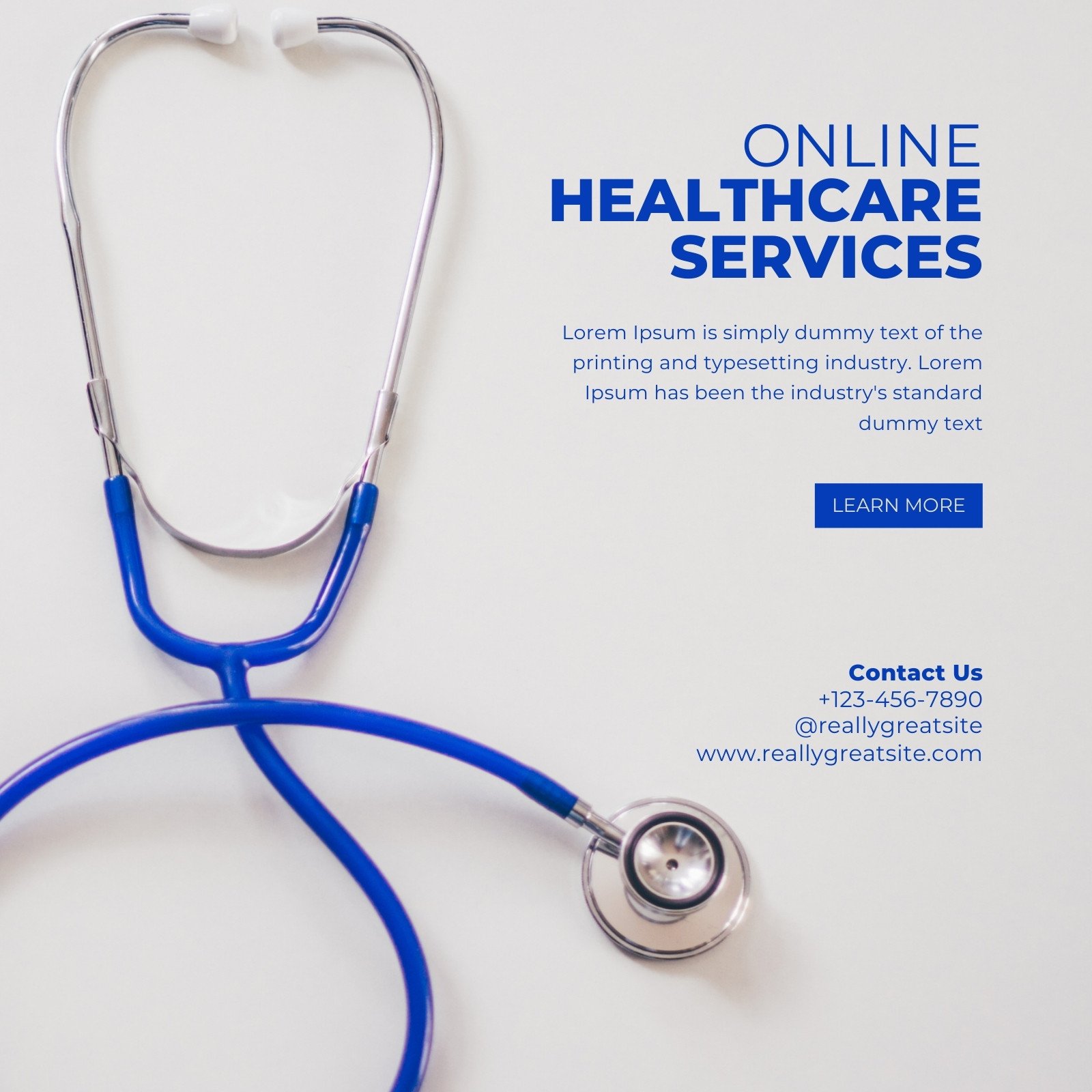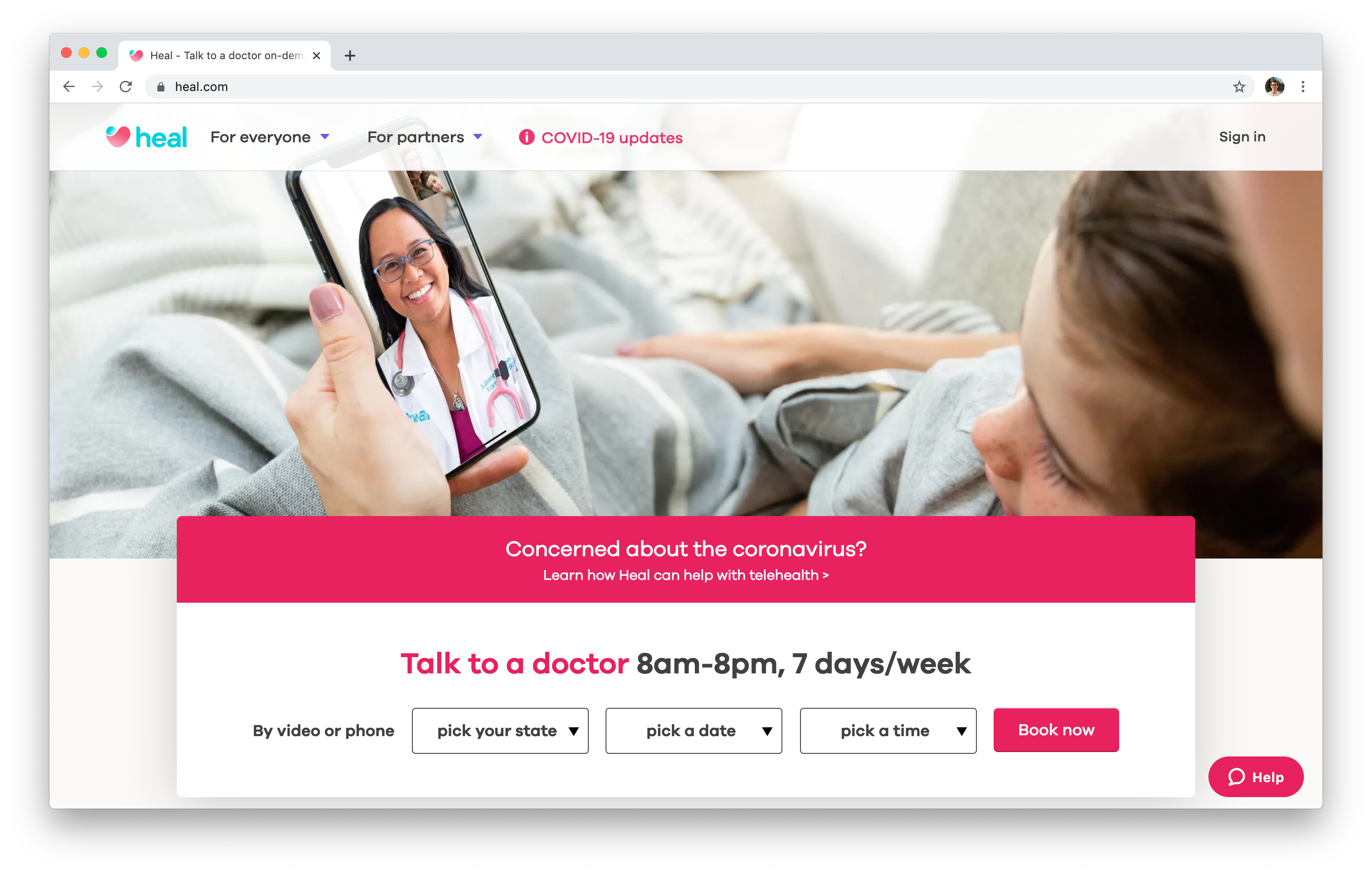How Subscription Based Healthcare is Transforming Patient Access to Services
Wiki Article
Recognizing the Cost-Effectiveness of Subscription-Based Health Care Designs
As the medical care landscape advances, subscription-based models become an engaging choice, assuring to redefine exactly how people manage clinical costs. Assessing these models' cost-effectiveness requires a nuanced contrast with standard insurance, thinking about both economic effects and person satisfaction. While they offer openness and predictability in costs, inquiries remain regarding their capacity to fulfill diverse health care needs, particularly for specialized therapies. The perspectives of doctor further complicate this equation, providing a diverse challenge. What does the future hold for these versions, and can they genuinely supply on their promise of available, economical care?Review of Subscription-Based Versions
Subscription-based medical care designs, sometimes referred to as straight health care or attendant medicine, are significantly gaining interest as a possible service to inefficiencies within conventional healthcare systems. These models operate on the principle of offering patients straight access to doctor with a annual or month-to-month fee, bypassing the demand for conventional insurance devices. This arrangement intends to simplify patient-provider interactions by reducing management concerns, which frequently impede tailored and timely treatment.At the core of subscription-based designs is the emphasis on a more individualized client experience. People gain from improved accessibility to their physicians, usually including next-day or same-day visits, prolonged consultation times, and straight interaction channels such as phone or video clip phone calls. This model cultivates a positive technique to health care, where carriers and people can collaboratively concentrate on preventative care and persistent illness monitoring.

Expense Contrast With Conventional Insurance

Among the main financial advantages of membership designs is openness in expenses. Clients pay a predictable charge, which can streamline budgeting and financial planning. In addition, these models typically eliminate co-pays and deductibles for protected solutions, decreasing out-of-pocket costs. On the other hand, traditional insurance policy might be more useful for individuals needing specialized treatment or pricey treatments not covered under a registration version, as they gain from the more comprehensive coverage network and cost-sharing devices.
However, cost-effectiveness is context-dependent. While subscription versions might supply financial savings for those mostly needing health care, individuals with persistent conditions or specialized medical care requirements could find standard insurance more extensive. For that reason, examining specific medical care requirements and potential usage is critical in figuring out one of the most cost-effective choice for individuals.
Influence On Person Complete Satisfaction
Person satisfaction within subscription-based healthcare models often reflects a significant enhancement over standard insurance coverage systems. Unlike standard systems, where individuals may experience hold-ups in receiving treatment, subscription-based designs make sure more direct and prompt communications with health care carriers.Additionally, the transparency in prices linked with subscription-based health care eases the usual disappointments associated with unanticipated charges and complicated invoicing processes seen in traditional insurance (subscription based healthcare). People value knowing the specific economic dedication upfront, resulting in increased trust and self-confidence in their medical care administration
In addition, the focus on precautionary treatment and health in subscription designs adds to boosted health and wellness end results, further boosting person fulfillment. By concentrating on continuous health and wellness upkeep as opposed to anecdotal treatment, people experience an even more constant and alternative healthcare trip.
Additionally, the enhanced provider-patient connection fostered in these designs, identified by even more time spent per client and customized focus, plays an important duty in raising patient contentment levels, as individuals really feel truly cared for best site and understood.
copyright Perspectives and Experiences
From the supplier's point of view, subscription-based healthcare models offer a transformative strategy to providing clinical services. These designs stress a preventative and aggressive healthcare approach, permitting service providers to concentrate on detailed person care without the restrictions of typical fee-for-service setups (subscription based healthcare). This shift in emphasis frequently causes boosted individual results and raised provider fulfillment, as health care professionals can allot even more time and resources to client engagement and personalized treatment strategiesIn addition, membership designs help with foreseeable revenue streams, which enhance financial stability for medical care service providers. This predictability permits boosted source planning and allocation, adding to an extra effective healthcare delivery system. Service providers can purchase team innovation, training, and facilities renovations, thus boosting the quality of care provided.
However, the transition to subscription-based designs is not without obstacles. Regardless of these hurdles, numerous carriers discover that the advantages of raised person interaction and streamlined operations outweigh the preliminary difficulties, making subscription-based designs an eye-catching alternative.
Future Prospects and Difficulties

A primary challenge is governing conformity, as membership models have to follow progressing healthcare policies and insurance requirements. This demands continuous adaptation and innovation to make certain positioning with legal criteria. Furthermore, integrating these versions into existing healthcare frameworks can be complicated, calling for considerable investments in modern technology and training.
you can look here There is likewise the possible danger of creating inequities in medical care gain access to, as registration designs could favor those that can afford them, leaving at risk populations underserved. Resolving this requires thoughtful factor to consider of pricing approaches and aid mechanisms to make sure inclusivity.
Conclusion
Subscription-based healthcare models offer a sensible choice to traditional insurance coverage by offering monetary predictability and openness, particularly benefiting individuals with chronic conditions or constant health care demands. The cost-effectiveness of these versions is contingent upon private healthcare usage patterns and situations.Subscription-based health care models, in some cases referred to as direct primary care More hints or concierge medication, are increasingly gaining focus as a possible remedy to inadequacies within typical medical care systems. Unlike standard systems, where individuals may experience delays in receiving care, subscription-based versions make certain even more prompt and straight interactions with healthcare suppliers.
These designs emphasize a positive and preventative healthcare approach, permitting suppliers to focus on comprehensive person treatment without the constraints of traditional fee-for-service setups. As these designs continue to obtain traction, they offer the possible to reinvent patient accessibility to care, improve service shipment, and optimize medical care costs.Subscription-based medical care designs present a feasible alternative to typical insurance coverage by providing financial predictability and openness, particularly profiting individuals with chronic problems or regular medical care requirements.
Report this wiki page